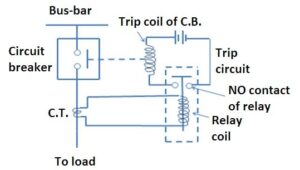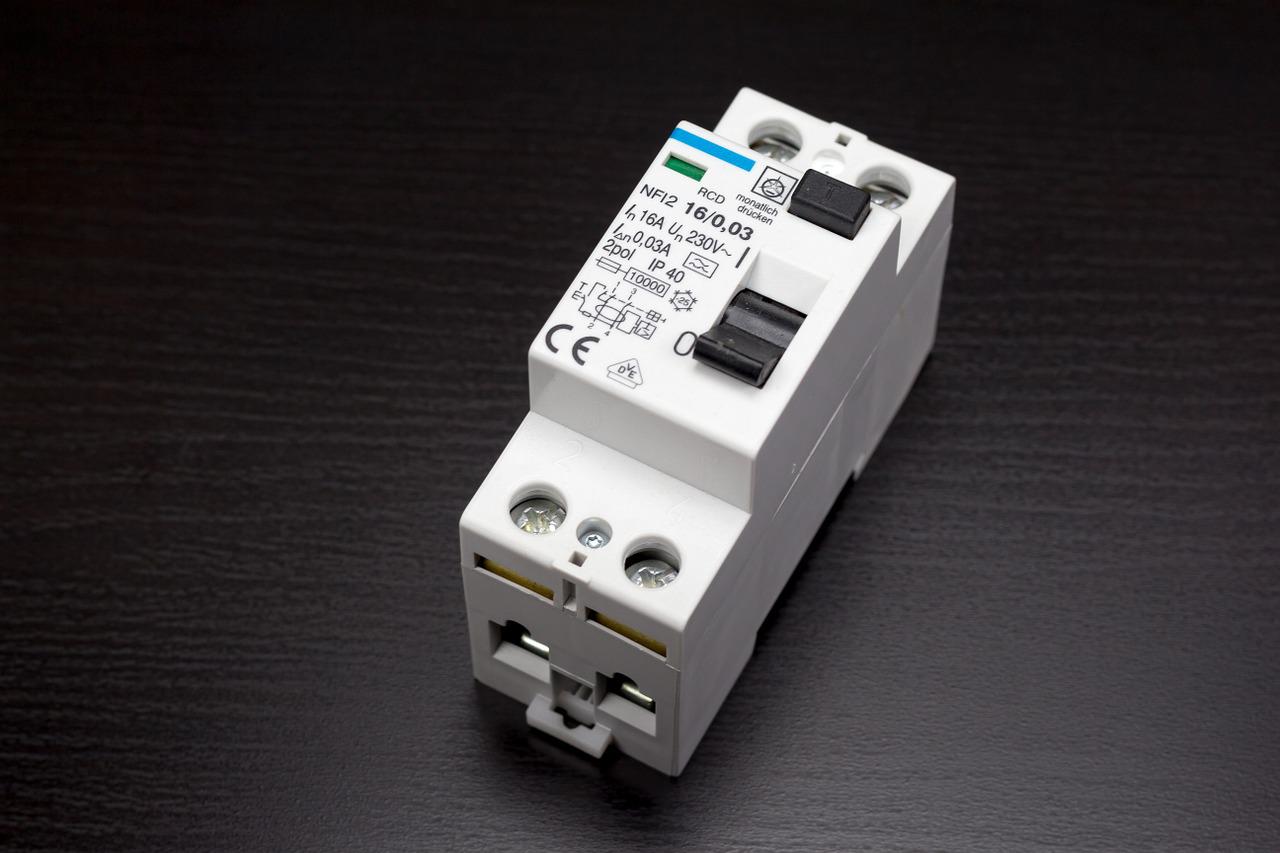What is A Circuit Breaker?
A circuit breaker is equipment that helps to protect the electrical devices from damage during abnormal conditions by interrupting the fault current or short circuit. Its basic function in an electrical path is to detect an abnormal condition and discontinue electrical flow. A circuit breaker is easier to use since it can be reset manually or automatically unlike a fuse that needs replacements after interruptions.
What are the Functions of Circuit Breakers?
The main function of a circuit breaker includes:
It can constantly carry full-load electricity without damage or overheating.
It opens and closes the circuit when there is no load.
It either creates (closes) or destroys (opens) the regular operational currents.
Up to the value of the current, it is designed for, it creates and destroys the short circuit current.
Rating of Circuit Breakers
Circuit breakers are rated in terms of max voltage, frequency, max current carrying capacity, max interrupting capacity, number of poles and short circuit carrying capacity.
These are the standard ratings of circuit breaker:
1A, 2A, 3A, 4A, 6A, 10A, 13A, 16A, 25A, 32A, 40A, 50A, 63A, and 100A and even KA.
Working Principle of Circuit Breaker
Fixed contacts and moving contacts make up the majority of the circuit breaker. These two contacts are physically connected to one another while the circuit breaker is in its typical “ON” state as a result of the mechanical pressure being exerted to the moving contacts. When a switching signal is applied to a circuit breaker, potential energy that has been accumulated in the operating mechanism is released.

The potential energy can be stored in the circuit breaker in a variety of methods, including by hydraulic pressure, compressed air, or deforming metal springs. However, potential energy must be released during operation, regardless of the source. The moving contact slides quickly thanks to the release of potential energy.
When a switching pulse energises the working coils (tripping coils and closure coil) in a circuit breaker and displaces the plunger inside of it, the circuit breaker trips. This operating coil plunger is typically connected to the circuit breaker’s operating mechanism. As a result, mechanically stored potential energy in the breaker mechanism is released as kinetic energy, which causes the moving contacts to move because they are mechanically connected to the operating mechanism through a gear lever arrangement.
After a circuit breaker cycle, the total energy stored is released, and potential energy is afterwards once more stored in the functioning mechanism of the circuit breaker using a spring charging motor, an air compressor, or any other method.
Also read: MCQ on Control and Protection
Also Read: MCQ on Control and Protection 2


1 thought on “What is A Circuit Breaker?”